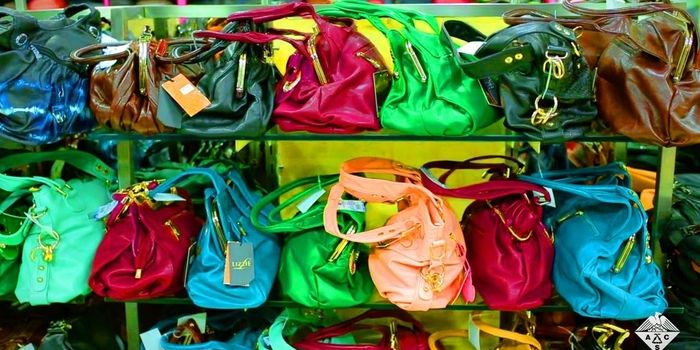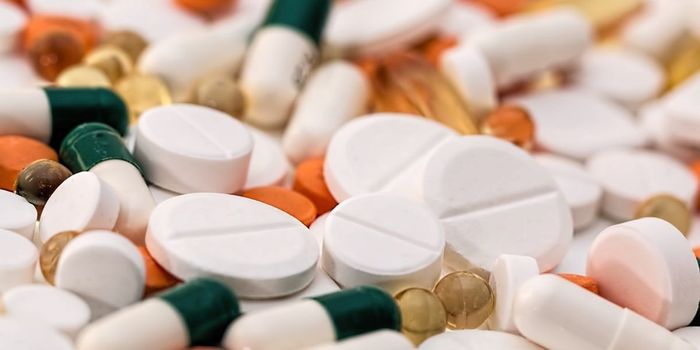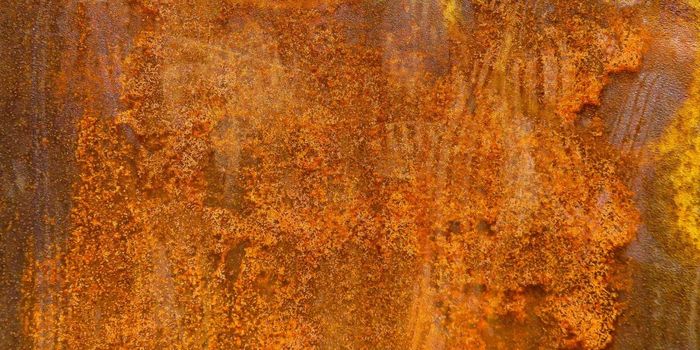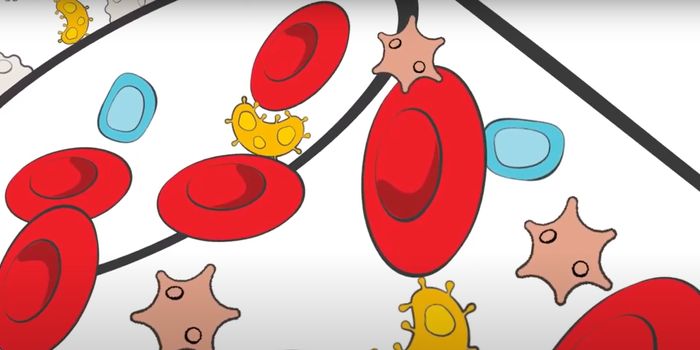An up-and-coming field in science revolves around the idea of materials healing themselves. Can you imagine what life would be like if, when your tire is punctured by those annoying glass shards on the road, instead of throwing it out and replacing it with a new one, it could fix itself? And it wouldn't be just tires; think tools, sidewalks, anything made out of these special self-healing rubbers and plastics that scientists are diligently working on. So how do they work?
For self-healing rubber, the idea depends upon the chemical bonds between the charged molecules within the rubber. The sulfur that is normally added to rubber to make it stronger is replaced with a pair of charged butyl imidazolium and bromide ions, which acts to not only strengthen the rubber but also be more resilient than sulfur because the ions can break and reform their bonds, allowing for the intended self-healing property. When heat is added, the ions form these ionic bonds even quicker and their strength is enough to keep the rubber together!
Self-healing plastics work a bit differently. To do this, scientists mix tiny packets of healing agents, which are essentially special glue, into plastics and paints. When the plastic cracks, the packets will release the healing agents in order to seal the crack. To successfully heal, though, the plastic requires a curing agent, which ensures that it "sets," or dries. At the time, scientists are looking to expand this technology into concrete and metal with the hopes that we can make our materials more sustainable!








